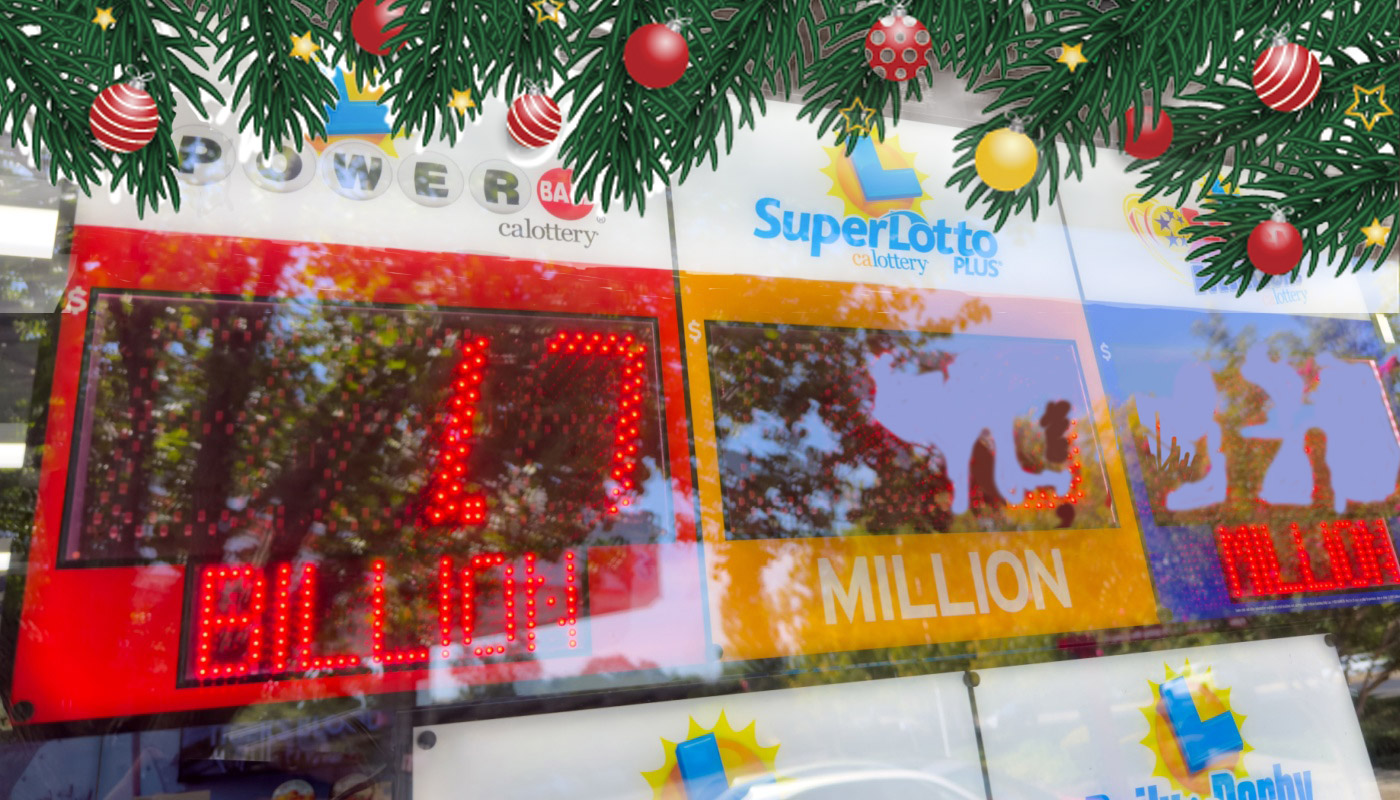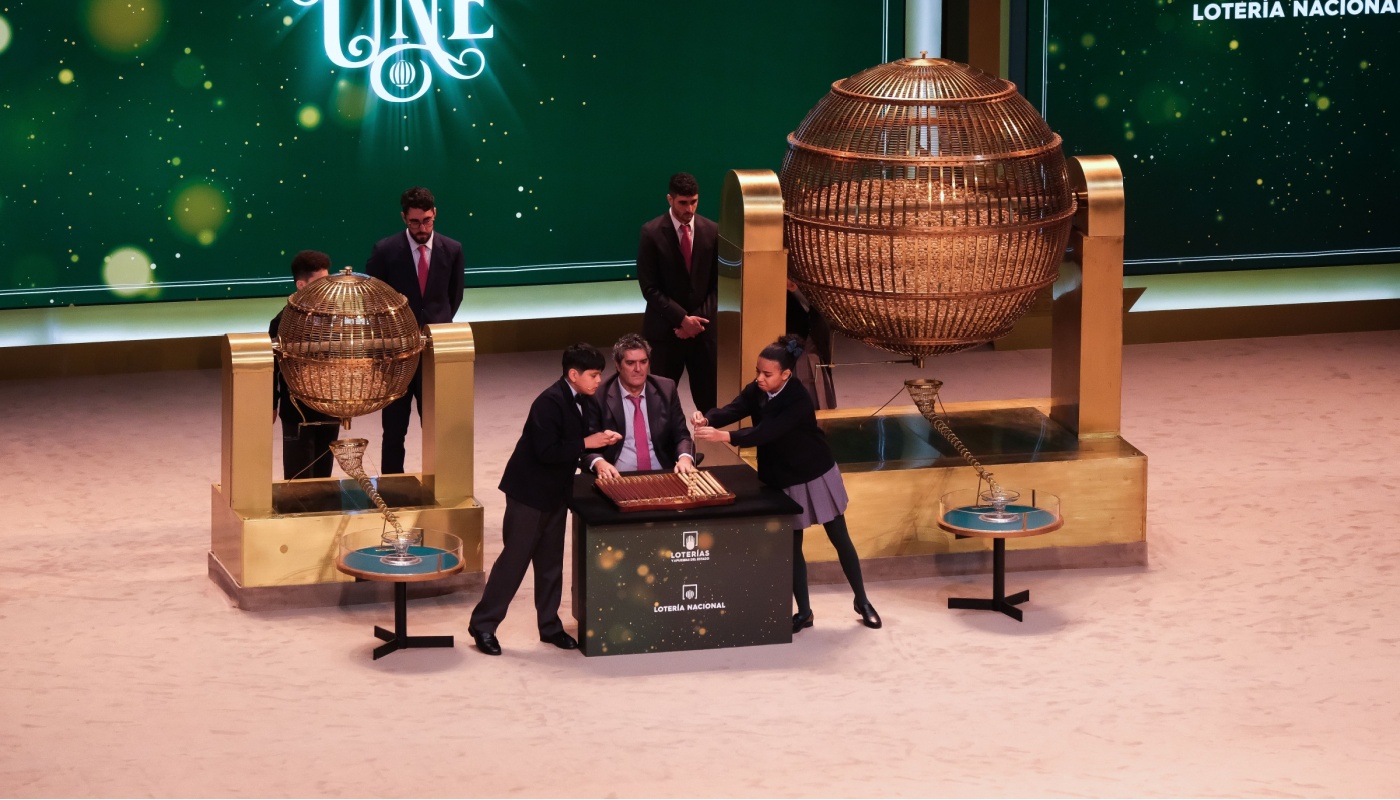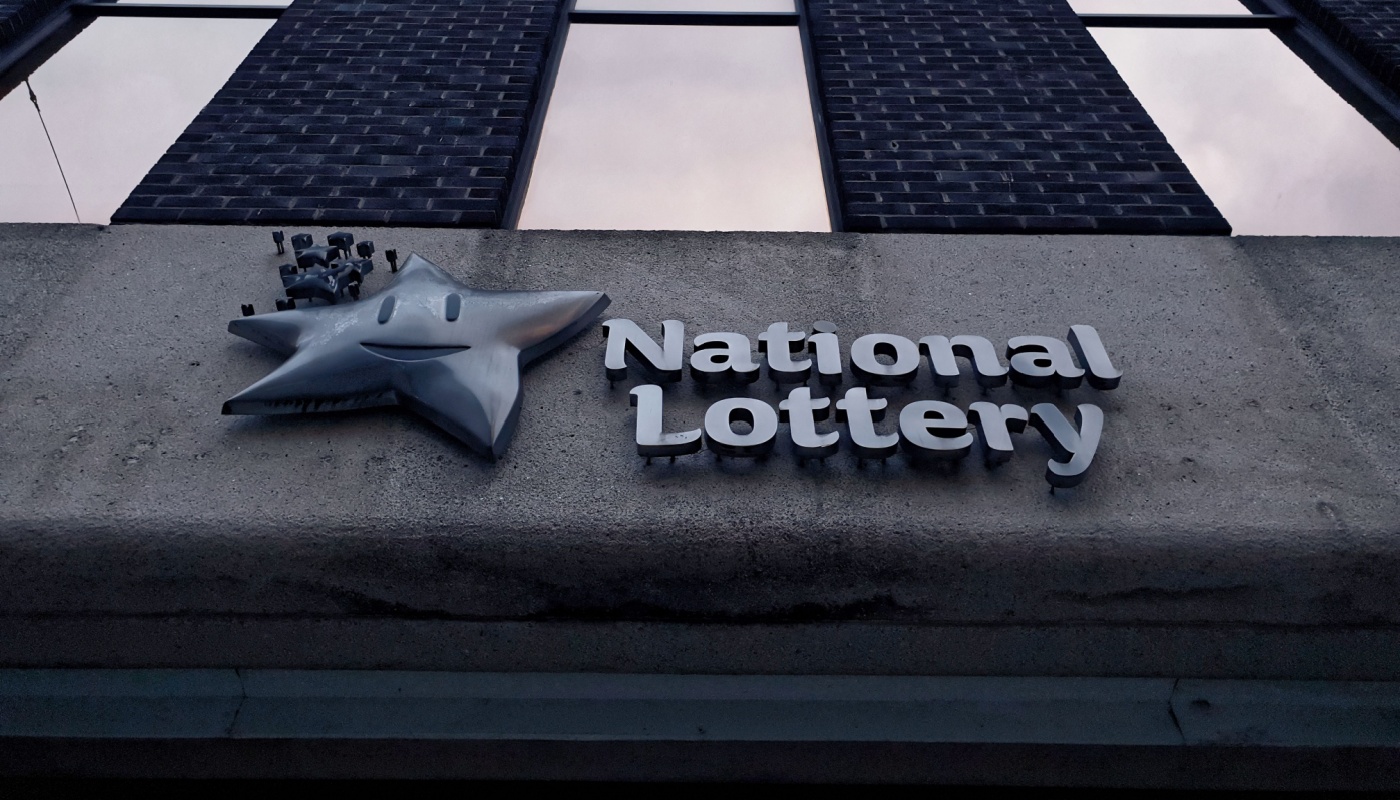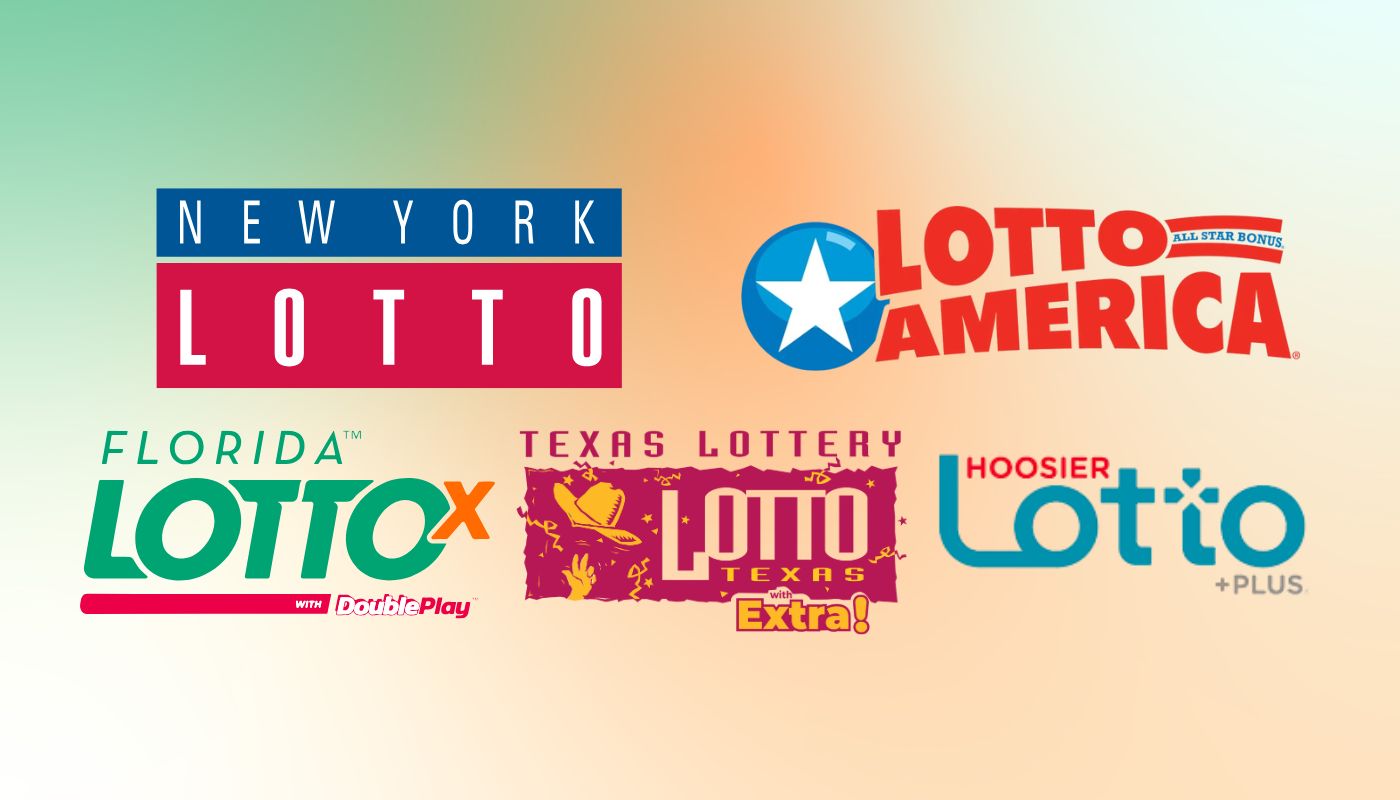
News writer; Opinion columnist
The world's oldest lotteries date back thousands of years, and evidence of them has been found worldwide, from the Chinese Han Dynasty that began in 205 BC to ancient Rome, where Emperor Augustus Ceasar sponsored state lotteries to help raise funds for public works projects.
Of course, you can't buy a lottery ticket today that will help fund the building of the Great Wall or a Roman aqueduct. However, you can still play lotteries that have sold tickets since before there were cars, phones, or even electricity. These are some of the longest, continuously running lotteries in the world.
Dutch Staatsloterij (Netherlands) - 1726
America's first modern legal lottery was the New Hampshire Sweepstakes, which was authorized in 1964. By comparison, the Netherlands Dutch Staatsloterij lottery has been operating continuously for the last three centuries, or five times as long as America's oldest lottery.
The Staatsloterij (say that five times fast) was launched for the same reason that most state-run lotteries are authorized: governments were tired of watching illegal lotteries take all of the money. The lottery quickly grew in popularity because it is considered fair and safe to play, winnings are tax-free, phone apps make it easy to buy tickets, and part of ticket revenue goes to benefit social welfare programs and public works projects.
Regular drawings are held on the 10th of every month. However, there are several special drawings, such as the King's Day (Koningsdag) lottery, which is held every year on April 27 and is intended to honor the birth of the Dutch King Willem-Alexander.
The King's Day drawing is part of a national celebration, and the grand prize is worth millions of euros. Several secondary prizes range from hundreds of thousands in cash to luxury vacations and cars.
An interesting feature of the Dutch Staatsloterij is that while you can purchase a full ticket for 15 Euros, you can also buy tickets in fractions. So, if you paid €7.5 for a half ticket, you could only win half the jackpot.
Tickets for special event drawings, such as Kings Day or the New Year's Day drawing, can cost as much as €30 and offer jackpots as large as €30 million.
La Lotería Nacional (Spain) - 1763
Spain's La Lotería Nacional may be a few decades younger than the Staatsloterij, but it is significantly more famous than its Dutch cousin based on one annual event: El Gordo, the Fat One, which has become a national event, unifying the entire country.
While the Loteria Nacional holds regular drawings like any other lottery, every year on December 22, it hosts the largest lottery giveaway anywhere in the world, dwarfing even the jackpots paid out by Powerball and Mega Millions.
In the 2023 version of the drawing, El Gordo collectively paid out over $2.8 billion to dozens of lucky winners.
Part of the appeal of El Gordo is the ceremony surrounding the drawing itself. The drawing is televised in front of a raucous studio audience that arrives dressed in costumes. The stage features two giant spinning drums, one of which holds the winning numbers, and the other has the corresponding prize for that number.
Two schoolchildren will draw a ball from either container and then sing out the number and the prize in a signature cadence known throughout the country.
Another unique feature of El Gordo is how tickets are sold. Rather than picking your own numbers, tickets are sold in booklets that contain the same number. That means entire neighborhoods and towns can win prizes together.
In 2012, the residents of the farming village of Sodeto won millions of Euros from a drawing, which they used to help pay off the debt they incurred when they installed a new irrigation system in their fields.
La Lotería Nacional para la Asistencia Pública (Mexico) - 1770
Shortly after King Carlos II established Spain's national lottery, his colonial rulers in Mexico decided to follow suit. They authorized the Mexican National Lottery, which has run continuously for over 250 years.
Like Spain, the Mexican national lottery also offers a unique Christmas drawing. Every year, on or around December 24, the Gordo de Navidad drawing is held. A complete ticket (Billete) for the drawing generally costs between US$100-120, but tickets can also be purchased in fractions, known as cachito, for as little as US$6.
While the top prize for the Gordo de Navidad usually hovers around $10 million, several secondary prizes are also available, ranging from the thousands to hundreds of thousands of dollars. The Christmas drawing is one of the most popular in Mexico, and many families have made it a part of their holiday celebrations.
Mexico also hosted one of the strangest lotteries in world history in 2012. President Felipe Calderon held a lottery featuring a luxurious, custom-built Boeing 757 jumbo jet purchased by his predecessor as the jackpot prize. The lottery quickly became a popular joke because whoever won the plane would have to pay over one million dollars a year just to maintain and store the massive aircraft.
Recognizing that his plan was backfiring, President Calderon changed the payout to a traditional cash prize, and he is still looking for a buyer for the presidential plane.
Lotería de Puerto Rico (Puerto Rico) - 1814
Few people were able to match the reach of Spanish kings when it came to spreading the lottery around the world. In the early 1800s, Puerto Rico was still a Spanish colony, and in 1814, King Ferdinand VII authorized the island's first lottery.
However, unlike in other colonies, the lottery wasn't popular and suffered from low ticket sales. Various forms of the lottery would come and go, but they never found much support, and most dissolved by the 1870s.
However, in the 1930s, the introduction of El Bolita, a popular drawing game, drew strong interest from players across the island, and the government was forced to authorize its own legal version of the game to prevent criminals from making a profit.
The government used lottery funds to benefit numerous causes across the island, including supporting the sending of Puerto Rican athletes to the Olympics in the 1930s and buying medical supplies to help combat a tuberculosis outbreak in 1942.
Puerto Rico was the first U.S. territory to legalize the lottery after Congress banned all national lotteries in 1890 following a national corruption and bribery scandal involving the Louisiana Lottery Company.
No U.S. state would authorize a legal lottery until New Hampshire created the New Hampshire Sweepstakes in 1964 as an alternative to raising state taxes.
Loterie Nationale (France) - 1933
While it is significantly younger than its 300-year-old peer lotteries, France's Loterie Nationale has a proud tradition that has lasted almost one hundred years.
The French National Lottery was first launched in 1933 to benefit widows, orphans, and veterans impacted by World War 1. In 1976, the Loterie Nationale became the French Loto, which is overseen by the La Française des Jeux (FDJ).
The French Loto doesn't offer the same sky-high prizes as some of the bigger international games, but it does feature better odds of winning because players choose from a smaller pool of numbers. A game like Powerball asks players to select five numbers between 1 and 69 and a Powerball number between 1 and 26.
However, with the French Loto, players only have to select numbers between 1 and 49 and a 'chance' number between one and ten, but the top prize rarely exceeds thirty million euros.
Drawings occur three times a week, and tickets cost €2.2 to play. Like with other European lotteries, all prizes are tax-free.
Irish Sweepstakes
While no longer technically operating, we will give honorable mention to the Irish Sweepstakes, which ran for over sixty years and was one of the most popular lotteries in the world in the twentieth century.
Technically known as the Irish Hospitals' Sweepstakes, this lottery ran from 1930 to 1986. Revenue from ticket sales went towards the construction and equipping of Irish hospitals, although the game's operators also took significant profits for themselves.
Ticket sales were only legal in Ireland, but the game was popular in countries such as the United Kingdom, the United States, and Canada, which all had strict anti-gambling laws. Despite its illegality, sweepstakes tickets were easy to buy in these countries.
Another part of the game's appeal was its unique format. Rather than simply purchasing a number as in most other lottery games, each sweepstakes ticket was connected to a particular horse involved in a horse race.
To prevent overbetting on the favorite, players couldn't buy a ticket for a specific horse. Instead, a drawing would be held to determine which number was associated with each horse in a race.
A ticket entitled the player to a share of the horse's winning for a given race, so you wouldn't know if you were a winner until the race was completed.
The long game
In many American states, lotteries weren't legal until the 1980s, and the most popular games, such as Mega Millions, didn't even launch until 2002.
By contrast, the world's oldest lottery games have run for hundreds of years, with some existing before the United States was even a country.


















Comments